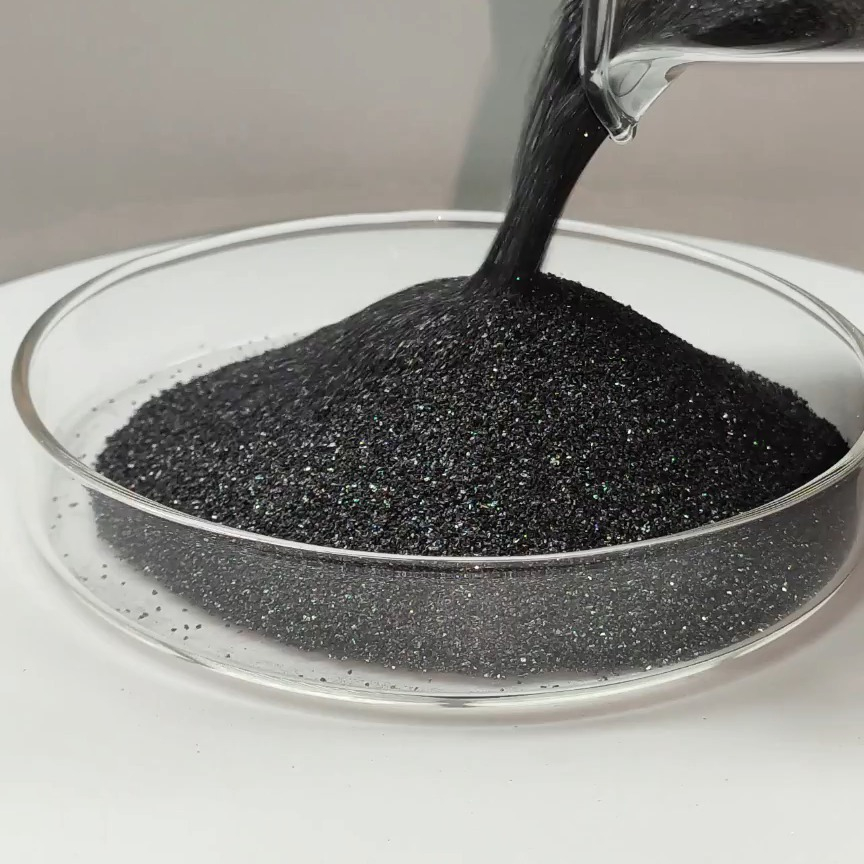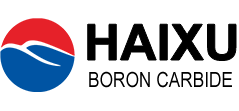Outlook of Boron Carbide Downstream Application Market
Boron carbide is mainly used in the abrasive industry, nuclear industry, and military market

Sapphire processing is the most important application of boron carbide in the abrasive industry. Boron carbide is often used to polish the sapphire mirror of high-end watches, but its quantity is relatively small. In the past decade, the application of sapphire in the semiconductor and electronics industries has developed rapidly. At present, it has become the most important LED substrate material, promoting the demand for boron carbide. China has become the world’s largest producer of LED substrates, accounting for over 75% of the global production capacity. In the coming years, the market application of MiniLED and MicroLED technologies, as well as the development of large-scale LED substrates, will further drive the market demand and technological innovation of boron carbide.
In the nuclear industry, the neutron absorption and mechanical properties of 10B isotope are considered one of the best choices for neutron absorbing materials.
The military industry market is a hot topic in the boron carbide industry in 2020. However, according to industry insiders, the current production capacity of hot pressed sintered boron carbide bulletproof blades in China is limited, and it is difficult to meet the needs of the military in the short term. In the coming years, it will become the most important investment area and market focus in the industry.
Overall, the boron carbide industry is expected to embark on a path of high-quality development.
